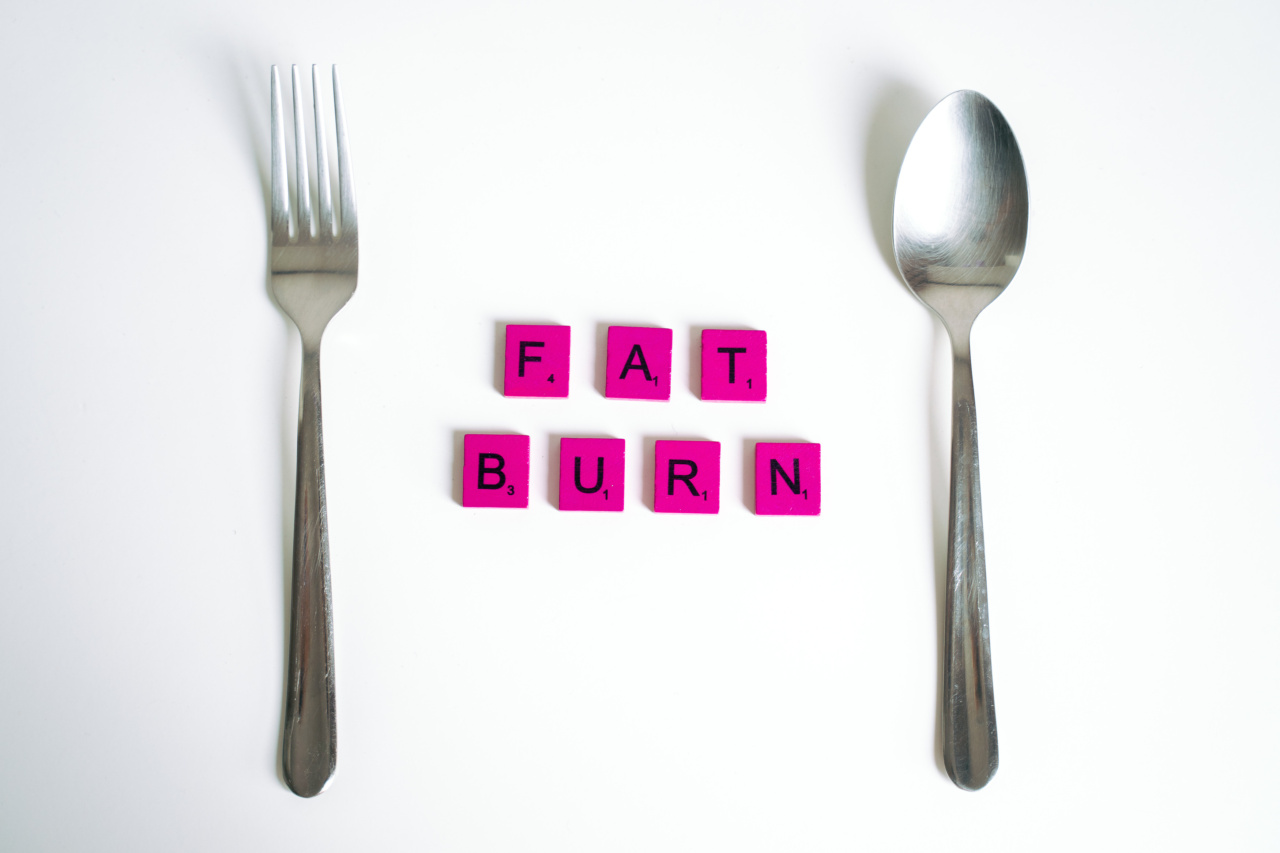When it comes to achieving a fit and toned physique, focusing on both burning fat and increasing muscle mass is crucial. While exercise plays a significant role in this process, it is equally important to maintain a well-balanced diet.
By providing your body with the right mix of nutrients, you can optimize fat loss and promote muscle growth. In this article, we will discuss the key elements of a balanced diet that can help you achieve your fitness goals.
1. Calories: The Foundation
One of the fundamental factors to consider when aiming for fat loss and muscle gain is maintaining an appropriate calorie balance.
Consuming too many calories can lead to weight gain, while consuming too few can lead to muscle loss and a slower metabolism. Calculate your daily caloric needs based on your age, gender, weight, and activity level to determine if you should be in a calorie surplus (for muscle gain) or deficit (for fat loss).
2. Macronutrients: Protein, Carbohydrates, and Fats
Protein, carbohydrates, and fats are the three macronutrients that form the foundation of a balanced diet.
Protein
Protein is crucial for muscle growth and repair. Aim to consume lean sources of protein such as chicken breast, turkey, fish, tofu, beans, and legumes.
These foods not only provide high-quality protein but also contain essential amino acids that support muscle development and recovery.
Carbohydrates
Carbohydrates are the primary source of energy for your body. Opt for complex carbohydrates like whole grains, fruits, vegetables, and legumes.
These foods are rich in fiber and provide a steady release of energy, keeping you fueled throughout the day and supporting your workouts.
Fats
Healthy fats, such as avocados, nuts, seeds, olive oil, and fatty fish, are necessary for hormone production, brain function, and overall health. Incorporate these fats into your diet in moderation to support optimal body composition.
3. Micronutrients: Vitamins and Minerals
In addition to macronutrients, incorporating a variety of vitamins and minerals is essential for overall well-being and ensuring your body functions optimally. Fruits, vegetables, and whole grains are excellent sources of these micronutrients.
Leafy green vegetables, citrus fruits, nuts, seeds, and beans are particularly rich in vitamins and minerals.
4. Hydration: Water is Key
Staying hydrated is often overlooked but is vital for supporting fat loss and muscle gain. Water aids in digestion, nutrient absorption, metabolism, and maintaining optimal body temperature.
Aim to drink at least 8 glasses of water a day, and adjust your intake based on your activity level and climate.
5. Timing and Meal Frequency
While the overall nutrient composition is crucial, the timing and frequency of your meals also play a role in achieving your fitness goals.
Pre-Workout Meal
Aim to have a balanced meal containing carbohydrates and protein 1-3 hours before your workout. This will provide you with the necessary energy and nutrients to fuel your performance and prevent muscle breakdown during exercise.
Post-Workout Meal
Replenish your body’s glycogen stores and support muscle recovery by consuming a meal within 1-2 hours after your workout.
A combination of protein and carbohydrates is especially important during this time to promote muscle protein synthesis and muscle repair.
Meal Frequency
The number of meals you consume in a day is a personal preference. Some people thrive on 3 large meals, while others prefer smaller, more frequent meals. Find a meal frequency that suits your lifestyle and supports your fitness goals.
6. Be Mindful of Portions
Even with a healthy and balanced diet, it is essential to be mindful of portion sizes. Overeating, even on nutritious foods, can lead to weight gain.
Use portion control strategies such as measuring your food, using smaller plates, and practicing mindful eating to avoid consuming more calories than your body requires.
7. Avoid Highly Processed Foods
Highly processed foods, such as sugary snacks, fast food, and processed meats, can hinder your progress towards fat loss and muscle gain. These foods are often high in added sugars, unhealthy fats, and sodium.
Opt for whole, unprocessed foods whenever possible to provide your body with maximum nutrition.
8. Seek Professional Guidance
If you are unsure about creating a customized diet plan for your specific goals and needs, seek guidance from a registered dietitian or certified nutritionist.
They can assess your dietary requirements and help design a meal plan that meets your fitness objectives while considering any underlying health conditions or allergies you may have.
9. Listen to Your Body
Each person’s nutritional needs and tolerances may vary. Pay attention to how your body responds to different foods and adjust accordingly.
If you notice digestive issues or discomfort after consuming certain foods, consider eliminating them from your diet or seeking professional guidance.
10. Stay Consistent and Patient
Lastly, remember that achieving your desired body composition takes time and consistency. Stick to your balanced diet plan, remain patient, and celebrate small milestones along the way.
A sustainable approach to nutrition and fitness will yield the best long-term results.































